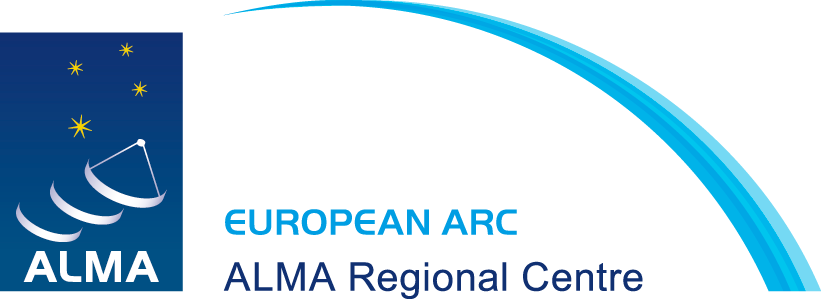European ARC Announcements
European ARC Announcements are provided by ESO and the European ALMA Nodes that together make up the European ALMA Regional Centre Network.
First European ALMA school
Published: 23 Oct 2023Development study on a wideband 2SB upgrade of the Band 9 receivers kicks off
Published: 21 Oct 2023Allegro CASA day
Published: 21 Oct 2023ALMA at 10 years: Past, Present and Future - Deadline for online registration
Published: 20 Oct 2023CalMS Service unavailable during European ARC cluster downtime
Published: 25 Sep 2023ALMA and ESO fellowship opportunities in Chile and Garching
Published: 25 Sep 2023
« Previous
1
| 2
| 3
| 4
| 5
| 6
| 7
| 8
| 9
| 10
| 11
| 12
| 13
| 14
| 15
| 16
| 17
| 18
| 19
| 20
| 21
| 22
| 23
| 24
| 25
| 26
| 27
| 28
| 29
| 30
| 31
| 32
| 33
| 34
| 35
| 36
| 37
| 38
| 39
| 40
| 41
| 42
| 43
| 44
| 45
| 46
| 47
| 48
| 49
Next »
Showing 73 to 80 of 389 announcements

